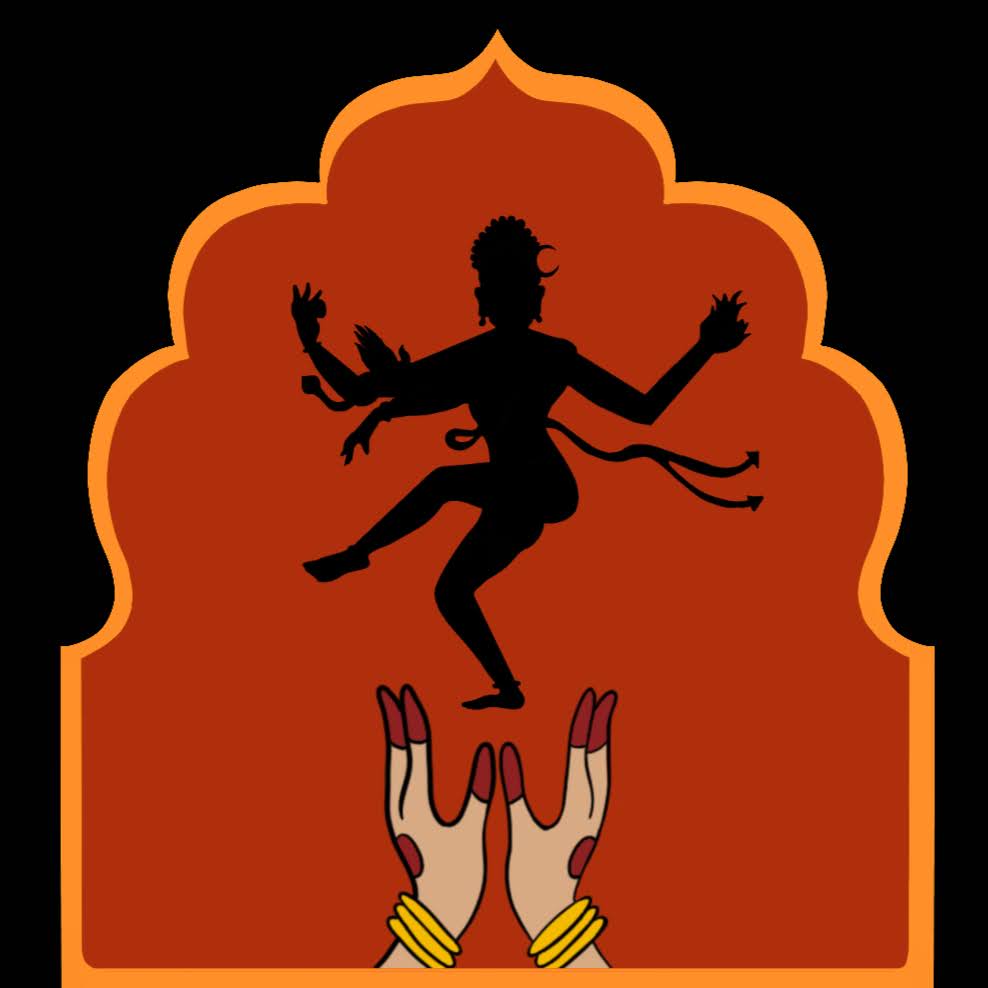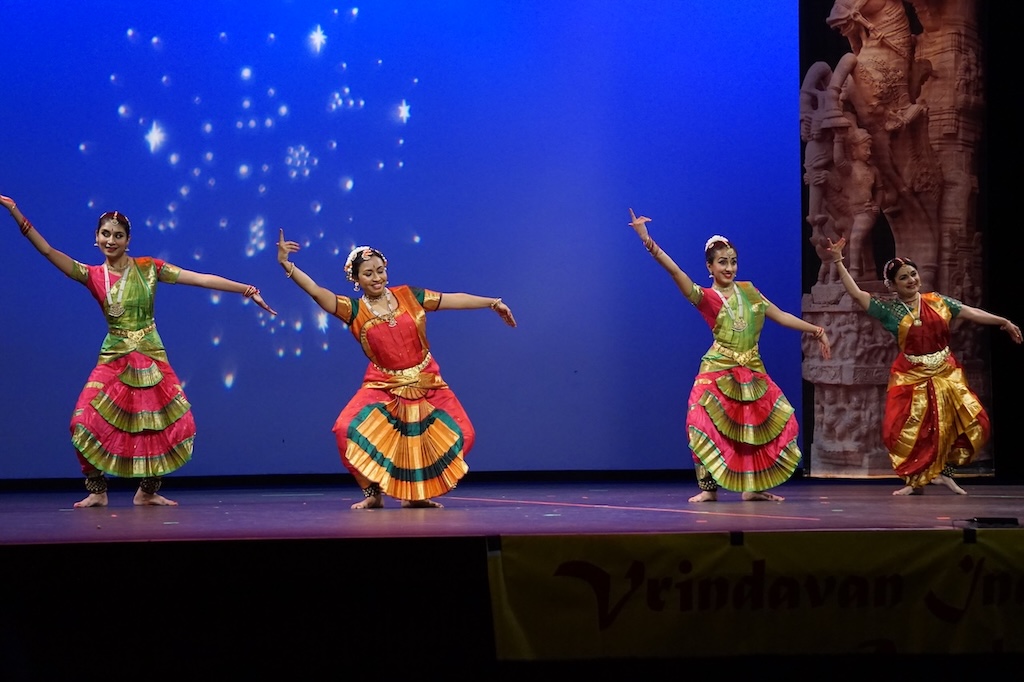
Bharatanatyam, one of the oldest and most revered classical dance forms of India, originates from Tamil Nadu, the southernmost State of India. This art form, known for its intricate footwork, graceful movements, and expressive storytelling, is traditionally performed as a temple dance to honor the divine. The dance incorporates three main elements: nritta (pure dance), nritya (expressive dance), and abhinaya (facial expressions and gestures), allowing the dancer to communicate both rhythmically and emotionally.
At the heart of Bharatanatyam is its ability to convey stories—often derived from Hindu mythology—through the dancer’s movements, hand gestures, and facial expressions. The connection between the dancer and the audience is key, with the dancer using symbolic gestures and eye movements to express devotion, love, anger, and joy, among other emotions.
The Kalakshetra style of Bharatanatyam, developed by Rukmini Devi Arundale at the Kalakshetra Foundation in Chennai, is one of the most respected and influential approaches to the dance form. This style emphasizes a highly disciplined and refined technique, with a focus on clarity, precision, and grace. The Kalakshetra style is known for its elegant and flowing movements, incorporating sharp, clean lines in the footwork combined with smooth, controlled upper body movements. It emphasizes the balance between nritta and nritya, making both the technical and emotional aspects of the dance equally significant.
In the Kalakshetra style, dancers begin with a strong foundation in basic steps, or adavus, which form the building blocks for more complex movements. The style also focuses on structured choreography, with dancers paying particular attention to their posture, symmetry, and rhythm. The facial expressions used to convey emotions are precise and integral to the performance, with each gesture meticulously crafted to enhance storytelling.
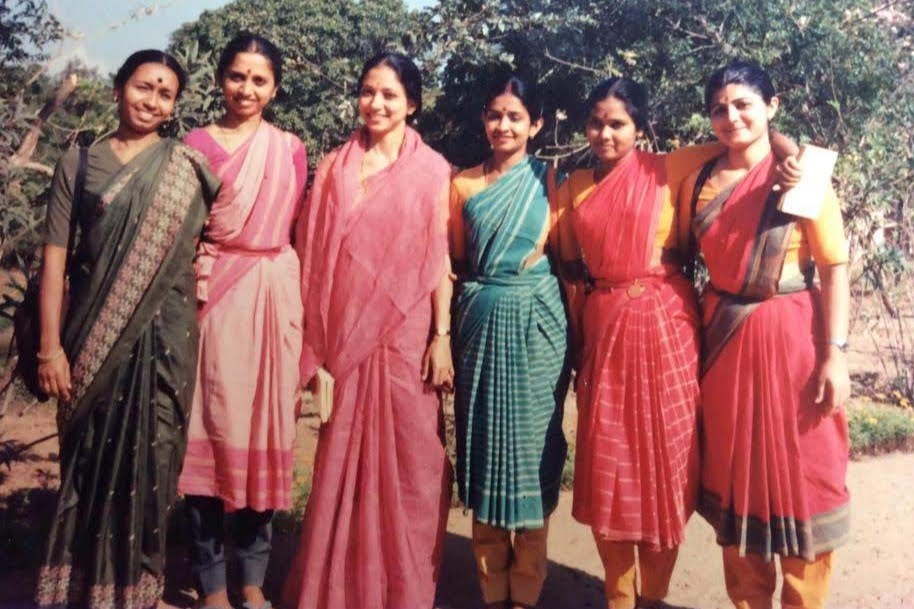
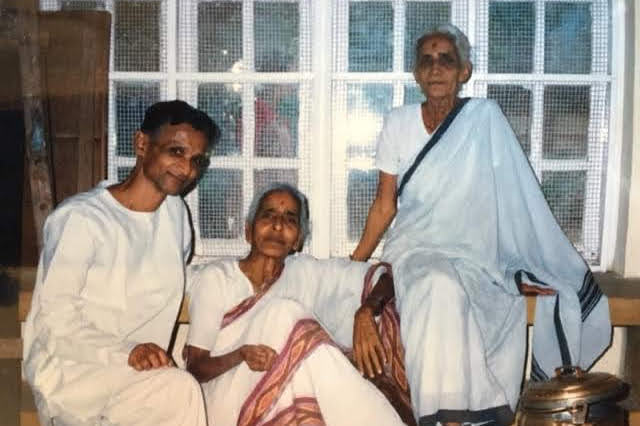
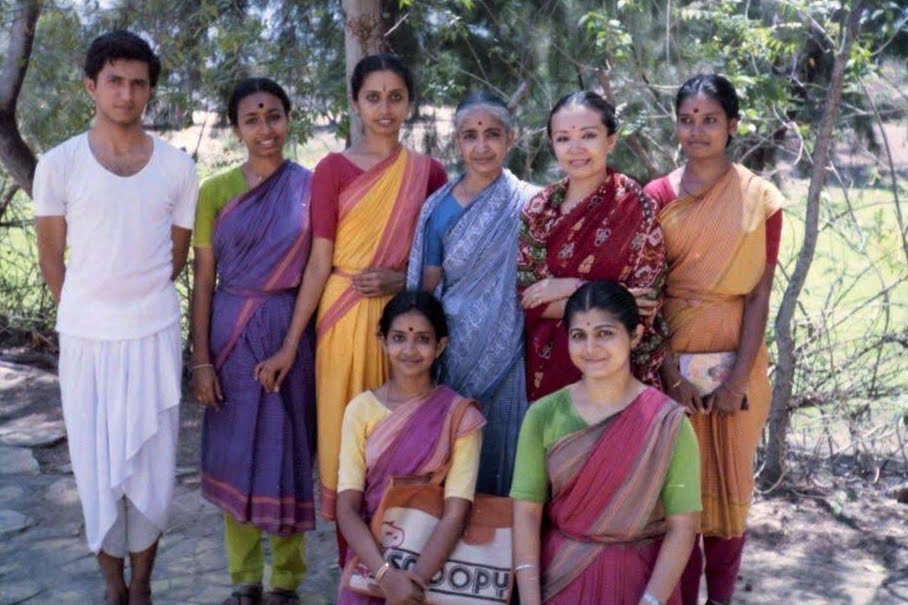
Photos from Dr. Shankar at the Kalakshetra Foundation in Chennai, India

